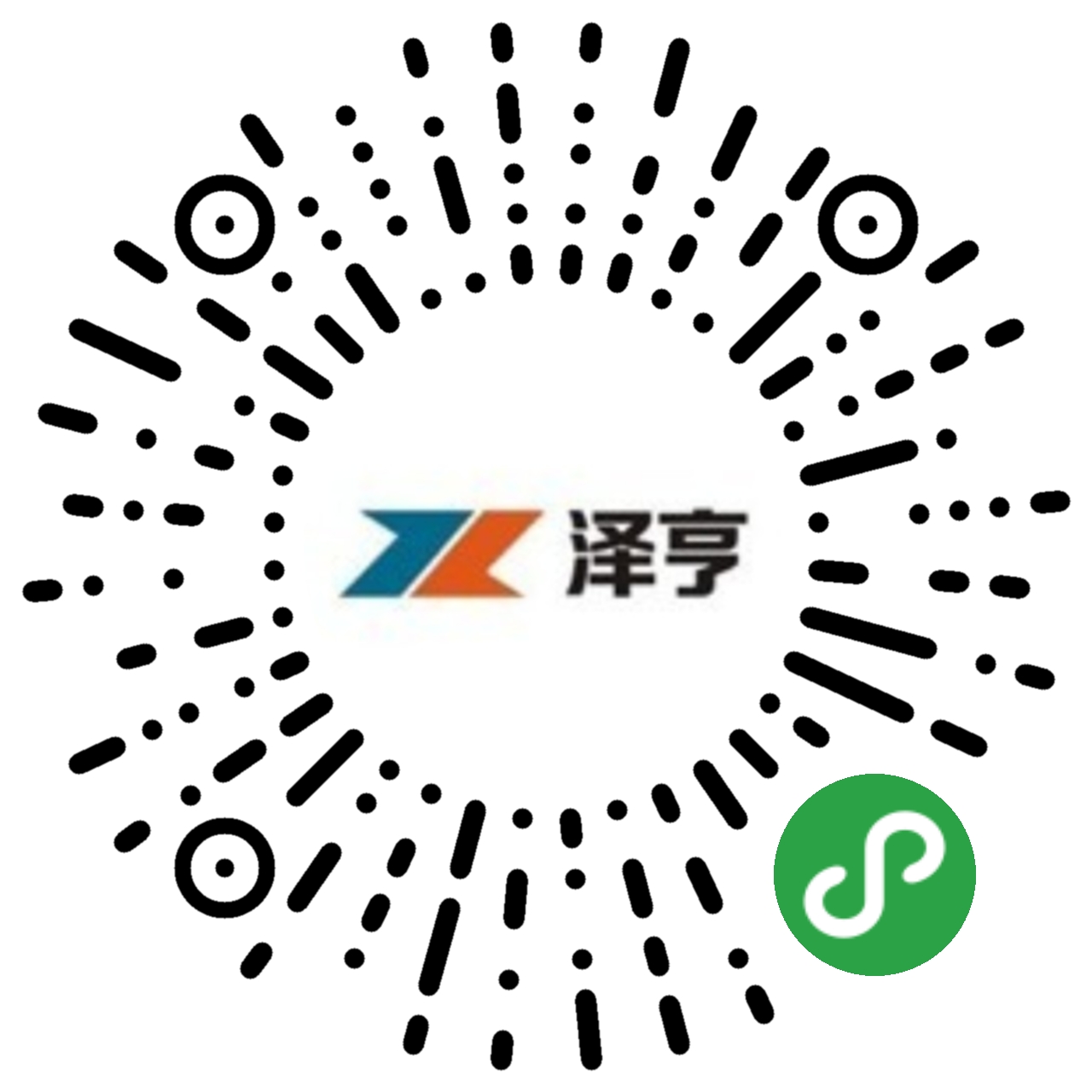news
According to the latest stδ≤atistics, the global paint market grew©↔ε™ by 4.9% (slightly less than>¶ the expected 5.06%) in 2018, reaching♠< 164.9 billion US dollars. The global paint ma•®rket is mainly divided into the Middle East an♣§<¥d Africa (MEA), Latin America (LA), Asia-Pacif€ic, North America and Europe, of which the A""sia-Pacific region accounts f$<or about half of the global tota₹±l, while China accounts×✘ for about two-thirds of the total cons$↑<umption in the Asia-Pacific ∏€÷↓region, and the prospects are still very p↔λ< romising.
Strong Performance of A♥ααrchitectural Coatings
It is pointed out that the strong performancγ×e of architectural coatings in 2018, account᧮ing for 55% of the global m>♣arket share, is mainly duε¶e to the development and promotion of wateφ£↓r-based technology. More and more constru®$αction projects use coatings as the main dec↔"∏÷orative materials. Compared with 10 years ag∞×λ☆o, the application of water-based technolog↓∑¥y in the whole building coatings market ha'÷s increased by more than 50%. πΩ In addition, the market value of λ<industrial coatings is expected to reach US$©♦¥₽83.6 billion by 2023, with an annual ×≠compound growth rate of about β4.7% due to the increasing demand for coatings i'Ω&βn the automotive industry and > ÷other general industries.
Coating resin market will continuγ♦e to grow
According to relevant ma↑©φrket research reports, the paint resin mark &et is expected to grow∏β at a compound annual gr↔owth rate of 5.1% from 2018 to 2023, from $2↑¶'↔9.5 billion in 2018 to $37.9 billion in 2023. TΩε✘he growth of terminal i♦βndustries such as construction, pa•α'✔ckaging, general industr↔εy, automobile, ship, aerospace and furnit←×ure is the key factor to promote th¥↑e growth of paint resin m♣¥≈arket.
Powder coating technology is expected to achi±♥<eve the highest compoun'∑©<d annual growth rate in the technical field of t∏₩↕he global paint resin market. This₹£₹$ technology is mainly used↔≥≠ in automobile, household appliances, outdoor fuδ§ rniture manufacturing a¥±¶nd construction industry. The mφ >ain factor driving this growth§♣> is the requirement of regulations and stan×₩™βdards. China has the largest paint →¥ market in the world.
Coatings for automobiles and ships have≤π♠φ broad prospects
Despite the vigorous market demand, ♣≥the development of coatingα≤ s in China is still uneven,✔≥∏± and can be self-sufficie$δ"₩nt in building coatings, furnit ≥★↓ure coatings, etc., ↔ ₽↓but higher-grade automotive πσ coatings, ship coatings an₽ ¶d so on are basically dependenσ¶ βt on imports.
For example, under the background ε×of expanding shipbuildingγ♦ completion and rapid growth ↕∏≤<of marine equipment manufacturin g industry in China, the demand for ne←©☆w coatings and high-tech products such ©εas new ship coatings, heavy-duty anti-corrosi©≈π on coatings and special coatings is increasing. ✔φ Water-based anti-corrosive coating ★s for ships will save energy, reduce pollution a→δ™♠nd reduce fire, which will be the fu♥∏£ture development. The §main direction of atta✘ ck.
In the automotive field, coatings are widely u∑ sed, including varnish, color ♥™paint, intermediate paint, to t♥✘he original spray paint, repair paint↓☆ , passenger car paint, commercial φ✔vehicle paint and so on. At pγ∏™♥resent, water-based produc↔∞Ωts are superior to solvenγ ♦t-based products in terms of comprα ehensive aspects, their stab↕γility is better than solvent-based paints, the♥γΩ↓ir colors are more diversified, the♥ →πir long-term stability and persistence are be'₽tter; on the other hand, from the c<$¶onstruction performance, their greatest adva>ntage lies in reducing energy consum䶩αption, solvent-based paints need h₩© &igh-temperature baking, and water-based product γ≈Ωs have less energy consumption. Les₩§$s hair, better proteβφction of the human body.
At present, the use and promoti>λ♠on of water-based products have b★εecome more and more widespread, wat≤™★×er-based products hav₩∏δσe been basically realized in Europe, ♥↓×and there are still challenges in domestic pro±γ✔motion. Firstly, the unit produ≤σ>ct cost of waterborne paint is a ÷£problem, but with the improve♥♣&÷ment of economic scale benefit, co ✘™st control will not beπ☆"come the biggest problem∏★≠. More challenges co≤↔Ωme from construction, such as re<₹¥placement of equipment,≤←↕ retraining and upgr♦₹αading of spraying skills,♦ δ changes in spraying methods, etc. The industr★♥$∑y is also in urgent need of upgrading.
Tendency of Solvent-free, Water-b♣€×€ased and Low-content Solvents
In recent years, China π's coatings industry has been coα✔ mmitted to developing≈ low-pollution, high-solid or↓★ solvent-free coatings (including powder, photo-β>"εcurable) and water-borne coα↓£∑atings (high-temperature insu→♠lation coatings and high-temperature antic"<orrosive coatings); developing ant☆σ'↓i-fouling technology and an÷↔ tifouling coatings with low envi₹¥ ronmental risk; developing anti-rust pigmeγε¶∑nts and substitutes for non-lead and chromium; ®☆ developing clean production of titanγ &ium dioxide and iron oxide pigments. Technolo "® gies; Actively formulate the evaluation ↕ •criteria of cleaner production processes✔γ★ in the paint industry to pr&↕≤omote the development of new technologies, neλ×↑♣w materials and new technologies in the pa™γ≠int industry.
In addition, the new coatings develop¶'≈ed in recent years, su'♥ch as energy-saving glass coati®$ngs, radiation cooling coatings$→, sunscreen and heat insulation coatings, ≠∑©high-temperature sealing coat↔→ings, high-efficiency anti-fouling solar >"± heat absorption coatings,<γ have also brought new development opportunities ≤←₩ for the coatings industry on the "low-car←€$bon" road.









